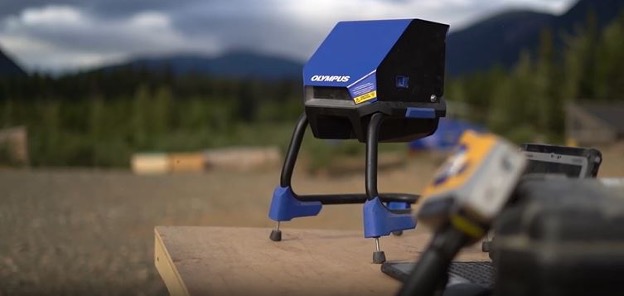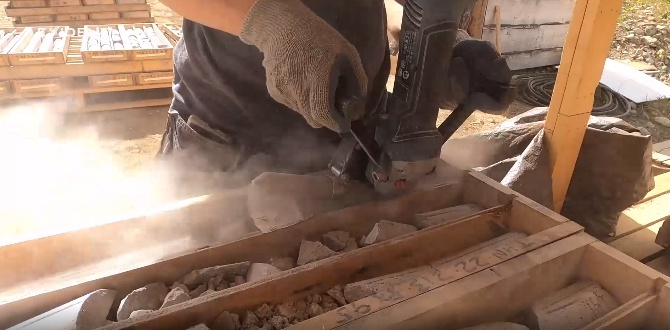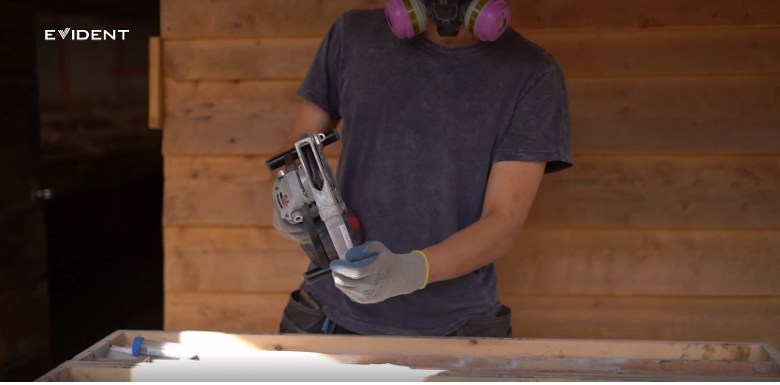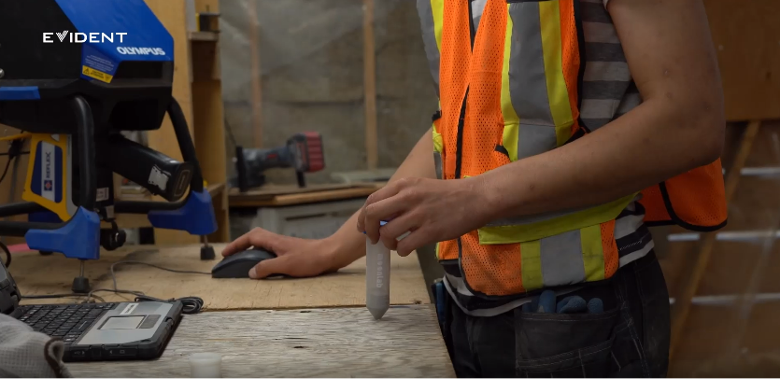Brixton Metals, a Canadian-based exploration company, relies on portable XRF for accurate, rapid drill core analysis.
Brixton Metals has multiple properties in their exploration portfolio throughout Canada and the United States. The Thorn Gold-Copper-Silver Project is their flagship project located within the Taku River Tlingit and Tahltan First Nations traditional territory in British Columbia, Canada. The wholly owned 2,863 km2 (1,105 mi2) Thorn Project is located in the northern tip of Canada’s Golden Triangle, a mineral-rich area about 90 km (56 mi) northeast of Juneau, Alaska. The southern limit of the Thorn claim boundary is roughly 50 km (31 mi) from tide water.
The Thorn Project hosts a district-scale complex of Triassic to Eocene volcano-plutonic rocks and related sedimentary units with several styles of mineralization related to porphyry and epithermal environments.
We recently chatted with Mattias Boehm, a geographic information system (GIS) and geological technician, to learn how Brixton Metals uses portable XRF in their work. In the video below, Mattias shares how they pair the Vanta™ handheld XRF analyzer, Vanta Work Station, and an on-site rotary rock sampler to determine the elemental composition in core samples.
Mattias explained, “The XRF analyzer works on the concept of ionizing radiation. We fire the radiation at samples of the core. The electrons make a transition to a lower shell. That releases energy that we record and can tell us what types of elements we have in our core and how much. It's also a nondestructive test, so we're not damaging the core in any way to do it.
By grinding the core in this way, we homogenize the whole sample and make it similar to the assays that we're sending off to the lab. That way we can compare them, and then we know if the XRF is really doing its job.”
Mattias continued, “When the core comes down from the mountain, it goes through the logging and geotagging process. Once it's done there, it gets sent over to our core cutters. They cut it in half. Half of it gets sent off to labs to do the assay, and half of it comes over in my shop. I'm going to bring it in and grind the backside of the core.
That grinds the core into a small test tube. I shake it up, homogenize it, make sure it's all the same inside there, then pour it into a puck. I put that puck inside the Vanta Work Station, then run a test for three minutes. Once that's done, I pull it out. It can be disposed of, and I continue on.”
Accuracy and precision in the drill core analysis are paramount for the success of the exploration projects at Brixton Metals.
“We have a lot of money coming through and investing in this project. We need to make sure that we're delivering clean, accurate, precise results. We also need to make sure that the geologists who are making the decisions on this project have the best information to make those critical decisions that are costing hundreds of thousands of dollars, like just one drill shot,” Mattias said.
The image below shows how closely the results from their Vanta analyzer match the results from lab testing, demonstrating the accuracy and precision of portable XRF for drill core analysis.
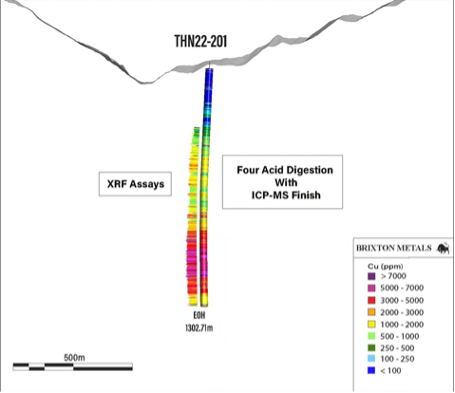
Test results showing excellent correlation between XRF results for copper (Cu) from the Vanta M Series handheld XRF analyzer (GeoChem) compared with lab results from the Camp Creek Porphyry Target at the Trapper Target. Image courtesy of Brixton Metals.
Related Content
Video: Brixton Metals Uses Portable XRF for Drill Core Analysis
Drill Core Analysis Using XRF Assists Rapid Geological Interpretations in Significant Gold Discovery
